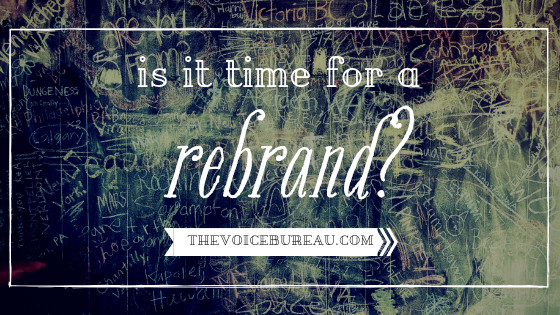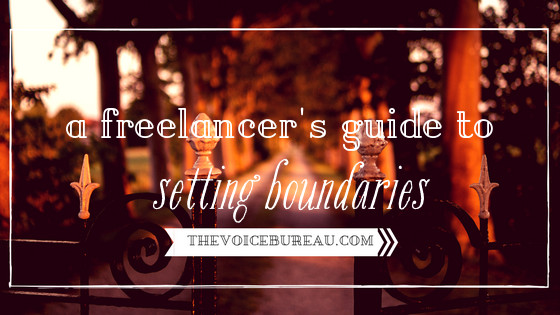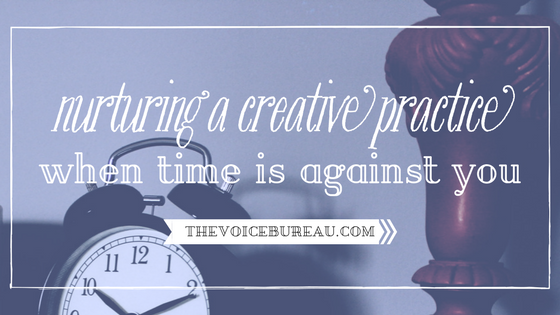When you’ve been in business for a while, you start to notice patterns.
Typical clients.
Stumbling blocks.
Particular offerings that garner rave reviews time and again.
Some of these patterns you lean into. Expand that offering into a course, an e-book, a three-day mountain retreat. Give that client avatar a name.
Others patterns…may begin to chafe. You start to wonder why every project feels like a struggle at this one particular point. Why you have to fight for every single sale. Why the people you attract want something from you that’s so different from what you want to be doing, that’s so far outside your zone of genius.
Eventually, you must come to a realization: something has got to change.
It may be time for (excuse me while I break out my childhood and channel The Labyrinth for a moment):
Bah-bah-bah-bummmmm…
A rebrand.
(Oooooooo!)
So how do you know if it’s time for a rebrand? Well, there are a few things to look out for.
-
You’re not attracting clients.
This is probably the most obvious reason for a rebrand. You’re running a business to make money and it’s not making money? Probably time to change something. But keep in mind, a rebrand means nothing if your products and services don’t receive a critical eye, too. Before you dive into making changes to your brand and how it presents itself, make sure that’s really what needs to change. How does your pricing compare to others in your market? Are you delivering something unique or special? What about the quality of your products and services? If you have a great product and just aren’t getting the right attention, by all means, rebrand. But if a critical eye shows something you’re not 100% proud to put on the market, there’s probably a bit of foundational work that needs your attention before you worry about your branding.
-
You’re attracting the wrong clients.
We’ve talked before about the merits of working with your Right Person (and saying no to your “wrong person”), so I won’t rehash them here. But if you find yourself constantly attracting the wrong sort of client — the ones who drain your energy and want you to do things you don’t love doing, who second-guess you and push your boundaries — you need to ask yourself why they keep coming to you. Are you offering services that aren’t aligned with what you really want to be doing? Or is it your branding that’s throwing them off? Are you presenting as a high-energy Type A with a high Audacity value when you’re actually a no-nonsense, goal-oriented planner with a high Power value? Or maybe you’re welcoming your clients to view you as a trusted friend and confidante, when that actually feels emotionally draining for you? When you find that your branding is out of sync with your values, it’s definitely time for an update.
-
Your brand doesn’t feel like you.
When I was ten years old, my bedroom was pink, with big pink floral curtains and pink lampshades on my little white desk lamp. I loved it. Roughly five seconds later in junior high, my little budding goth self wouldn’t be caught dead in so much as a swipe of pink lip gloss, and that little desk lamp got a coat of burgundy paint and a new lampshade to match my developing sense of self. Things change. You change. If your business doesn’t feel like it’s keeping up with who you are and what you want to present to the world, maybe it’s time for a fresh coat of paint. Keep in mind, you aren’t tied to an all-or-nothing approach here. You may find that some updated copy or a new color scheme is all you need, or you may discover that you want to restructure everything from your website layout to the services you offer to the support staff you employ.
-
You want to do different work.
What people hire you to do is a direct reflection of what you tell them you’re available to do, either directly or through the signals you give in your brand presence and your brand conversation. But when you find that the work you’re doing is no longer satisfying for you, or you discover that you need to adjust your role if you want to grow in a way that feels right, you need to adjust those signals. You may find that you want to teach your clients how to do something rather than doing it for them one-on-one — either through courses, e-products, membership groups, or some other medium. Or maybe you’ve discovered that you work well with an agency model, overseeing the work of a team. Maybe you want to transition away from being a personality brand where you — and all those personal connections you may or may not want to share — are front and center. Maybe you want to be more of a personality brand. This is the perfect time for a rebrand, because it frames your changing role in new language, a new look, maybe even a whole new website. It’s an opportunity to be intentional about exactly what you’re putting out into the world and what sort of work you want to be doing — both paid and behind-the-scenes.
-
You’ve been in business for a while.
This may sound crazy coming from someone whose livelihood depends on people making changes to their brand presence, but if you’ve only been in business for a month, it’s almost definitely not time for a rebrand. It may not even be time after six months, or a year. The thing about a rebrand is that it requires a certain level of self-awareness, and if you’re just starting out, you’re still in the data-gathering stage. Don’t give up and change your website every time you have a launch that underperforms or a client who kind of sucks. You may need to change your approach a bit, but a full rebrand is almost certainly overkill. If you were a painter, you wouldn’t scrap an entire canvas just because a shade of blue was off — you’d fix the blue and then take a step back and see how it all looks together.
There is one exception to this rule: if your initial brand launch was modeled after what you thought people wanted rather than what you have to offer, it’s time to change that, stat. Maybe you saw a Big Name and figured if you copied their look, their style, their business that you’d also copy their success. It may even work for a little while…but you’re going to find that your energy isn’t their energy, your values are not their values, what makes them special is not what makes you special. If you’ve copied someone else’s business, it’s worth it to shake that Etch-a-Sketch and start over, even if you haven’t made it through to your first lunch break.
A rebrand is a lot of work, and a great rebrand requires a lot of thought and planning. We’ve been helping our clients redevelop their web presence for years, but we’ve only just officially created a listing for all of our services. Because I love strategy work, and I want to be doing more of that for you. And here I am, taking my own advice — whether you need help pinpointing your USP, developing a Signature Offering, establishing a clear picture of the brand voice that’s most authentic and effective for you or the Right Person who should be driving your actions, or coming up with a strategy for posting content to your blog, I want you to know that I can help. And, for the first time ever, we’re pairing with a fabulous web designer and developer (and one of my absolute favorite people) to offer full service, start-to-finish websites. I’m so excited about this, because I know how hard it can be to juggle teams of marketing consultants and copywriters and designers and developers, and I can’t wait to show you how easy it can be to have us take care of all of that for you. And maybe my favorite new offering from this list is our Digital Brand Dossier — a detailed blueprint of exactly what copywriting, design, and user experience changes we suggest to bring your online presence in line with your vision for the future of your brand. It’s a game-changer for rebranding, and one that I cannot wait to share with you.
(And yes, you’ll probably notice a few other updates around here in the coming months. No better time to update your brand than when you’re expanding your offerings…right?)
So take a look. And if you think maybe there’s something we can do to help you update your brand presence — or get it right when you establish it for the first time — just let us know.
In the comments, I’d love to hear:
Have you been through a rebrand with your business? How did you know it was time?
{ 1 comment }


 We talk a lot about finding our “Right Person.”
We talk a lot about finding our “Right Person.”

 Hello, you.
Hello, you.